The Service has drawn-up a business plan that will be presented internally, an IBTS spokesperson informed <strong><em>MI</em></strong>. “The rationale is that there is a demand for this product from patients and we have the opportunity to develop it,” they outlined.
Galway University Hospital is licensed to produce serum eye drops (SED), a serum-derived product used to treat a range of ocular surface disorders. According to the HSE website, the hospital obtained a Good Manufacturing Practice (GMP) license to produce autologous and allogeneic serum eye drops.
The IBTS’s spokesperson said the Service’s internal business case will be considered by the Executive Management Team and the Board.
“At present, the IBTS supplies the serum to Galway University Hospital and they make the eye drops. The IBTS is looking at doing the complete process,” explained the spokesperson.
According to clinical guidelines from the Royal College of Ophthalmologists, UK, SED are a useful adjunctive treatment for patients with severe ocular surface disease, especially those with a compromised tear film.
“Serum contains a large number of epitheliotropic factors that are present in tears. These factors are likely to be responsible for the therapeutic benefits observed with SED therapy compared to conventional commercially-available ocular lubricants,” according to the guidelines.
“Prescribed and over-the-counter tear substitutes primarily alleviate symptoms through reduction of friction and shear-forces caused by blink-induced biomechanical trauma. This mechanism of action appears largely to be independent of structural chemistry and viscosity of the lubricant product. By contrast, SED provide a variety of nutritional molecules, such as vitamins, glucose, growth factors and immunoglobulins. These help to restore an environment that promotes re-epithelialisation and supports ocular surface health.”
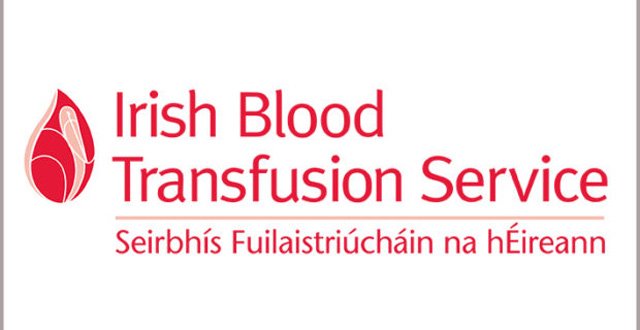

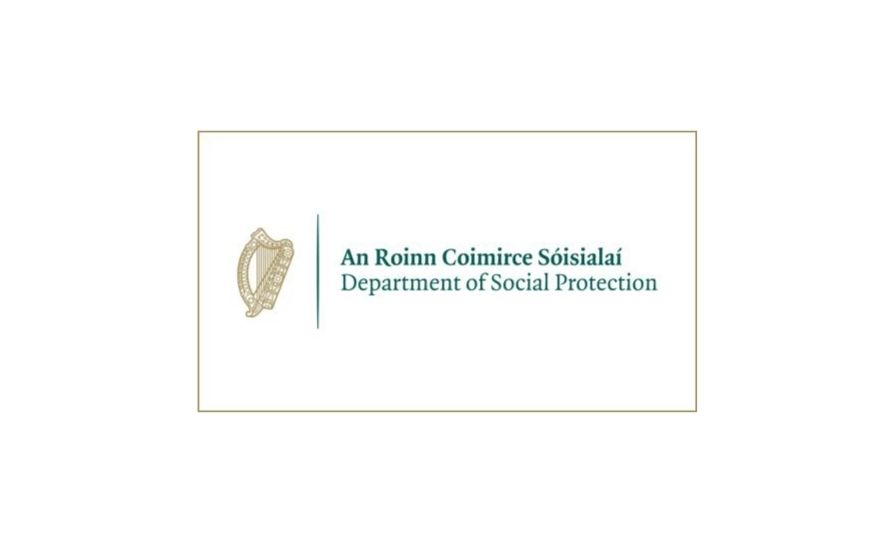
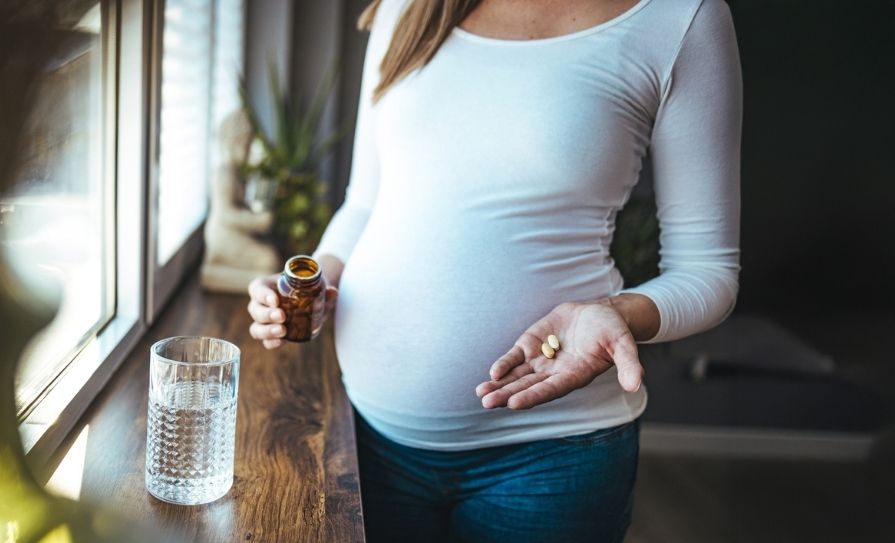

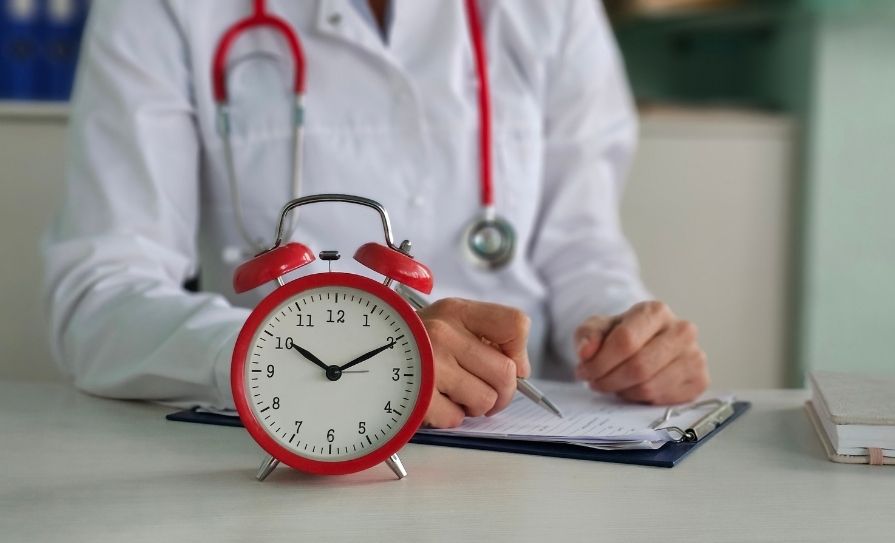


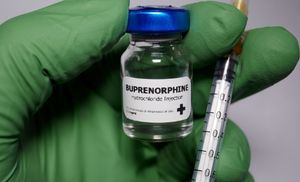




Leave a Reply
You must be logged in to post a comment.